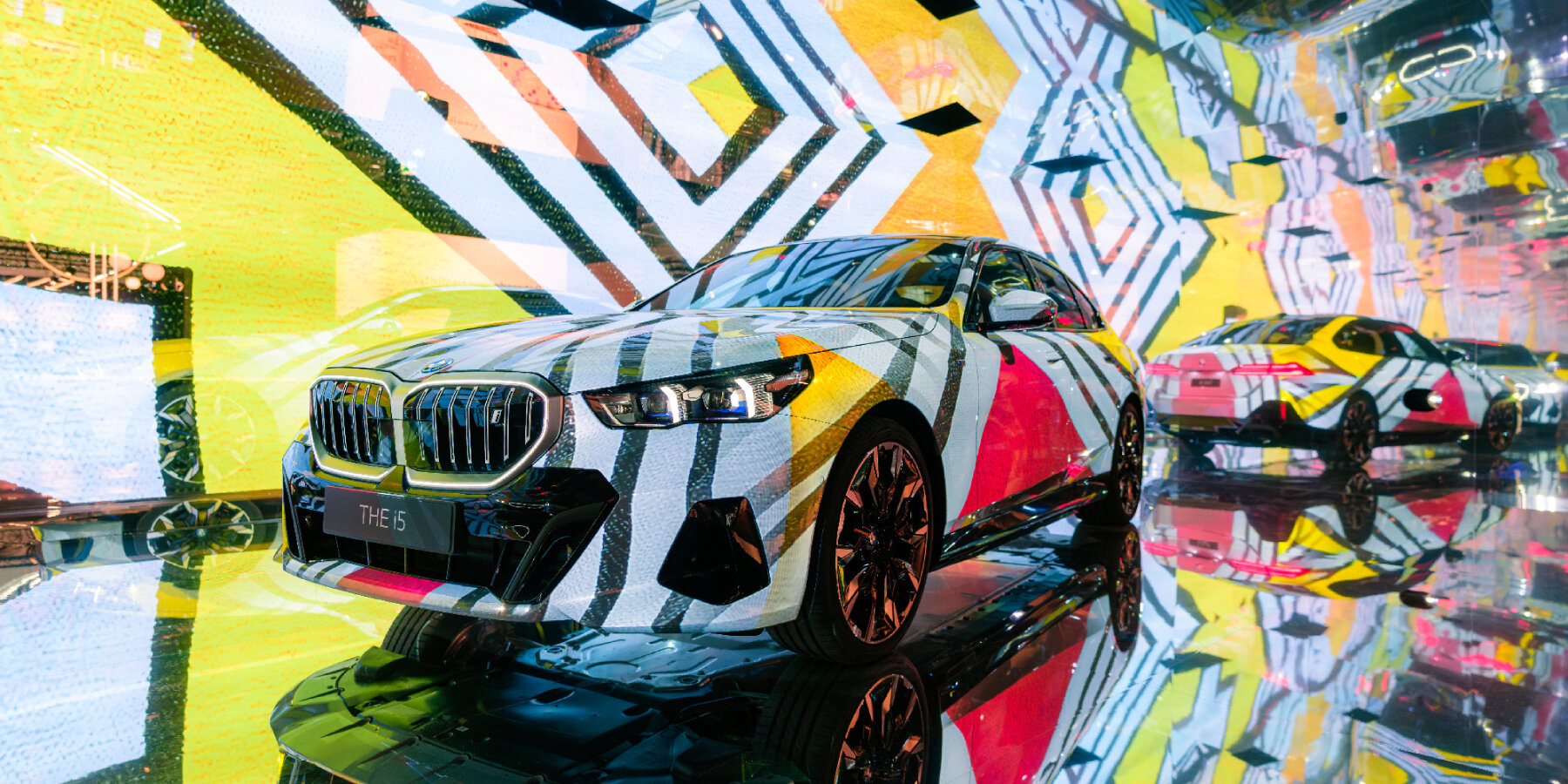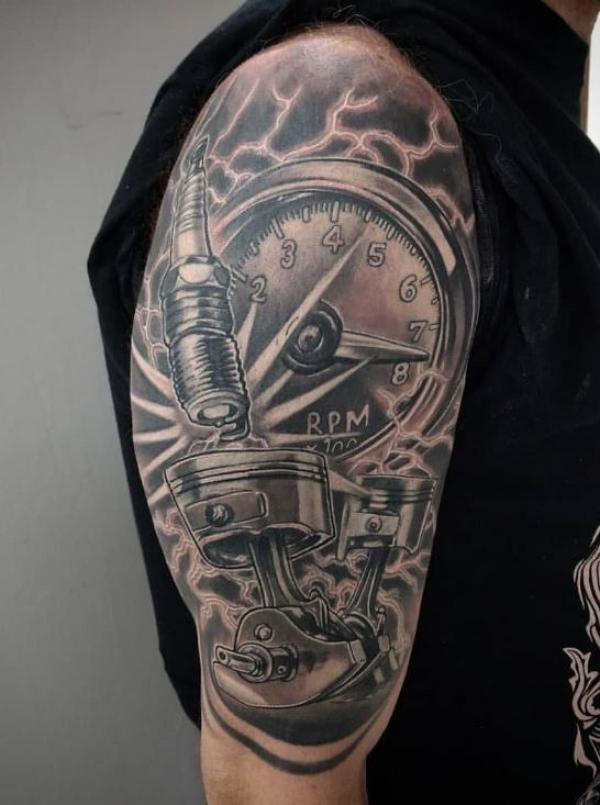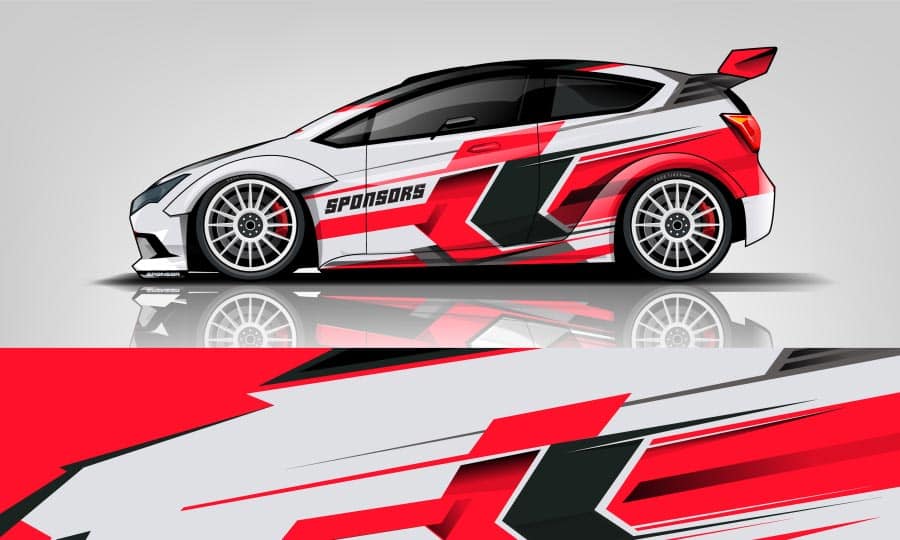The Intersection of Art and Cars: Automotive Artistry
The automotive world has always been a fascinating realm where engineering meets design, speed marries style, and innovation intertwines with aesthetics. It’s a world where machines become masterpieces, and the roar of engines blends harmoniously with the visual symphony of automotive design. Welcome to the captivating universe of automotive artistry, where cars transcend their utilitarian purpose to become icons of creativity, craftsmanship, and culture.
The Canvas on Wheels
Think of a car as a canvas on wheels. From the earliest horseless carriages to the sleek hypercars of today, automobiles have evolved not only as modes of transportation but also as canvases for artistic expression. The journey of automotive design has been a fascinating one, marked by the strokes of visionary designers and the dreams of car enthusiasts.
The aesthetic evolution of cars can be traced back to the early 20th century when luxury automobile manufacturers like Rolls-Royce and Bugatti combined mechanical engineering with exquisite craftsmanship. These cars weren’t just vehicles; they were rolling works of art. With their elegantly curved fenders, hand-stitched leather interiors, and attention to detail, these cars set the standard for automotive elegance.
Sculpting in Steel
One of the most striking aspects of automotive artistry is the skillful craftsmanship that goes into shaping the body of a car. Metal becomes clay in the hands of skilled designers and engineers, as they mold it into breathtaking forms. From the iconic curves of the 1961 Jaguar E-Type to the angular lines of the Lamborghini Countach, each car is a sculpture in motion.
Automotive designers carefully consider factors like aerodynamics, ergonomics, and safety while ensuring that their creations are visually appealing. The result is a delicate balance between form and function. When you gaze upon a car like the Ferrari 250 GTO, you’re not just looking at a fast car; you’re admiring the artistry of its bodywork, which has been fine-tuned for both performance and beauty.
The Art of Speed
Speed and power have always been essential elements of automotive artistry. Car enthusiasts often marvel at the technological marvels under the hood, from the thunderous roar of a muscle car’s V8 engine to the electrifying whir of a high-performance electric vehicle. The pursuit of speed has driven engineers to push the boundaries of what’s possible, resulting in automotive masterpieces that can go from 0 to 60 mph in mere seconds.
Race cars, in particular, are a testament to the marriage of art and engineering. Their streamlined bodies, vibrant liveries, and precise aerodynamics are designed not just for victory on the track but also to captivate the eyes of spectators. Legendary racing cars like the Porsche 917, McLaren F1, and the modern Formula 1 machines are not only technological marvels but also objects of desire for automotive enthusiasts worldwide.
The Intersection of Past and Future
Automotive artistry is not confined to the past; it continues to evolve in the present and shape the future. As technology advances, so does the potential for creative expression in car design. The advent of electric vehicles (EVs) has opened up new avenues for designers to rethink the traditional aesthetics of cars. With fewer mechanical components, EVs offer greater freedom to reimagine the interior and exterior of vehicles.
Moreover, the rise of autonomous driving technology has led to a shift in the way we perceive cars. As the focus shifts from driving to passenger experience, designers have an opportunity to transform the interior of vehicles into luxurious, comfortable spaces. The car of the future may become a mobile living room or office, redefining the relationship between humans and their automobiles.
Automotive Art in Popular Culture
Automotive artistry has not only shaped the design of cars but has also permeated popular culture. From classic movies like “Bullitt,” where Steve McQueen’s Ford Mustang GT became an instant icon, to video games like the “Gran Turismo” series, where players can virtually explore and customize their dream cars, the influence of automotive artistry is everywhere.
Additionally, car enthusiasts and collectors often commission custom automotive artwork to celebrate their passion. These bespoke pieces range from paintings and sculptures to digital art and photography. Artists like Tim Layzell and Gerald Freeman have gained recognition for their ability to capture the essence of automobiles in their work, and their creations adorn the walls of collectors and museums alike.
The Legacy of Automotive Artistry
In conclusion, automotive artistry is a captivating realm where engineering, innovation, and artistic expression converge. It’s a legacy that has left an indelible mark on our culture, shaping the way we perceive and appreciate cars. Whether you’re a passionate car enthusiast or simply an admirer of beautiful design, there’s no denying the profound impact of automotive artistry on our world.
As we move into the future of transportation, one thing remains certain: cars will continue to be more than just machines. They will be artistic statements, technological marvels, and objects of desire. The intersection of art and cars will always be a place where creativity knows no bounds, and the road ahead is paved with endless possibilities.





